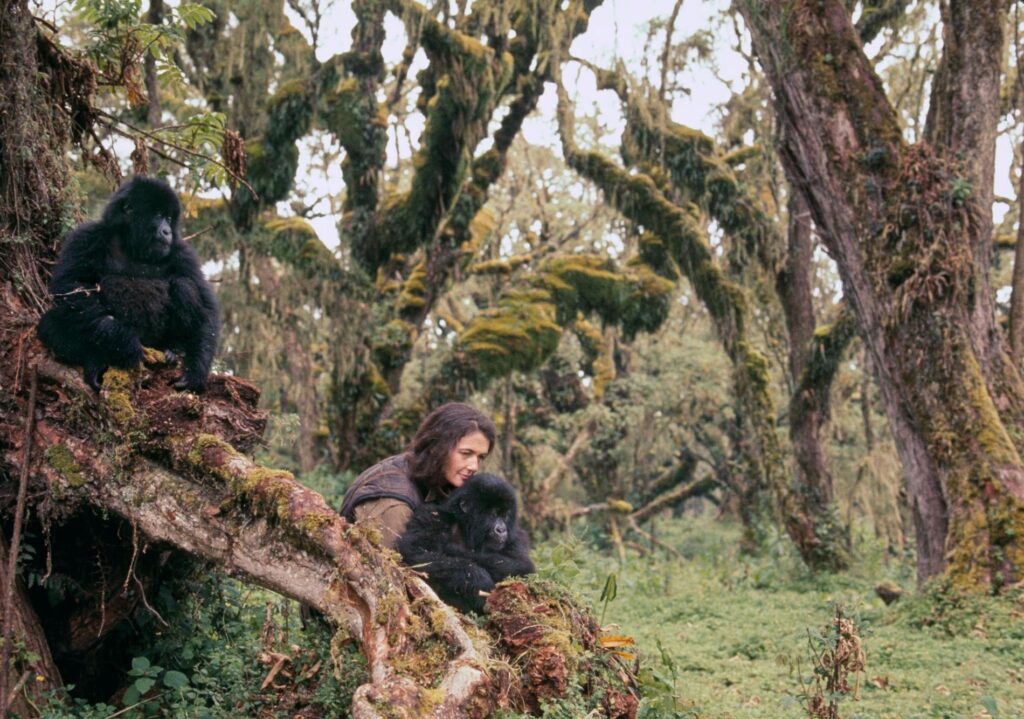The world we live in is under transformation. Climate Change caused by humans is forcing nature to change at unprecedented rates threatening the survival of species. While the rise of temperatures is turning natural habitats unhospitable, the human population growth is reducing wildlife habitats increasing human-wildlife interactions that often end in conflicts in a race for survival where misunderstanding, apathy and greed rule the run.
We often forget that nature can survive without us but we cannot survive without nature. Numerous conservation efforts lay on wildlife management and environmental education to reduce human-wildlife conflicts and increase coexistence. However, a new movement that focuses on shifting human behaviour to promote conservation and coexistence is building up.
The science behind this is “behaviour change” or “behaviour change and communication” when activities use communication. The science of behaviour change originated with Public Health in the developing world. Nowadays, professionals are studying and testing ways to incorporate learnings from Public Health interventions to conservation.

Behaviour Centered Design (BCD) is the approach most used in Public Health, and therefore the first one to be tested in conservation. This approach looks at how an intervention can disrupt the environment to impact the brain and the body to change behaviour.
Psychologists understand three levels of brain control and behaviour. These are reactive behaviour, motivated behaviour and planned behaviour. Reactive behaviour is an automatic response to stimulus learned through experience and turned into habits (running away from a roaring lion). Planned behaviour looks at long-term plans such as changing behaviour to accomplish a personal goal (driving slow and being conscious about potential wildlife crossings). Motivated behaviour is composed of human motives and is the most interesting to study.
By understanding this, you can find answers on how to direct your communication efforts in a way that benefits conservation and coexistence.
On the other side of the spectrum, we find behavioural barriers (or behavioural determinants) limiting the desirable behaviour. Knowledge, accessibility, social norms and others are part of the behavioural determinants that will be explained in the following articles.
We have added a picture of Dian Fossey and Mountain Gorillas at Virunga National Park as a symbol of conservation in extremely challenging contexts. Following Virunga’s National Park latest statement ‘the social injustice symptomatic of the conflict has led the mismanagement and illicit trading of many of the resources of the region, heavily impacting Mountain Gorillas living in the park’.
We can see how the location of the park in a conflict area is influencing conservation. Yet, thanks to the efforts of Dian Fossey, Emmanuel de Merode (current director of the park), heroic rangers and sensitized community, the park has now managed to host and protect one-third of the world’s Mountain Gorillas. Behaviour change is possible. You just need to believe in it.
** Note this is the first article of a series to be published around Behaviour Change. Stay tuned for upcoming articles.

